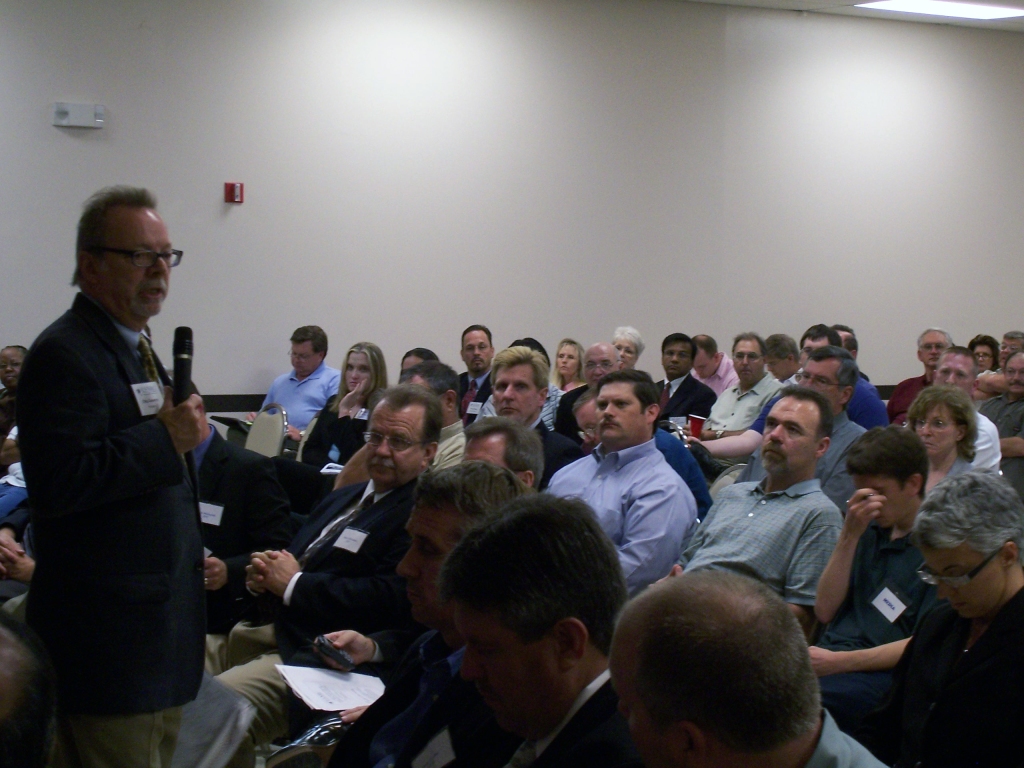Public Participation Aren't Dirty Words
For many public sector employees, the most horrifying and defeating words are Public Participation. And not because it’s 2020 and that would mean ANOTHER Zoom meeting. No, I speak of the dreaded public meeting filled with dozens of head nodding, agenda-driven NIMBYs. Their opinions supposedly represent thoughts of your community because they just so happened to be available that day and at that time.

Many think of public participation as a necessary evil when proposing a new project or drafting a plan. I beg to differ. Public participation is actually one of the most valuable and powerful tools an agency can wield when harnessed and applied correctly. While I’ve had my fair share of missteps when engaging the general public - plenty of phrases I’d like to take back, awkward pauses and regrets about what I should have said - I’ve also learned how an engaging, honest and frequent public process can build long-term community support.
Don’t Do the Minimum - If you are holding one in-person public meeting and calling it quits, hand in your ID badge because your community deserves better. While the number of engagement opportunities is unique to each project, one just isn’t enough. Consider surveys (mailed and online), interactive social media posts, hybrid meetings (in-person and live stream with opportunities for questions from all), post-meeting message boards, progress report discussions, etc. Your goal should be for the public to stop participating because they have heard enough to trust the direction of the project.
Take the Show on the Road - If you are opting for an in-person meeting, consider holding it in a place local to the project. Churches, synagogues and fire houses are all great sites. For those interested that can’t be there, consider live streaming on a platform like Facebook Live.
Publicize Your Process - Every meeting, every social media post, every conversation should be plastered in emails, on paid social media ads, on your website and in press releases. Don’t hide behind the public process - embrace and celebrate it!
Document - Make sure you note every time you engage the public. This will be valuable during two key times:
1. When someone comes in at the 11th hour and says they didn’t know. You know this will happen. But how will you deal with it? My recommendation: review everything your agency did to solicit input and ask for the person’s suggestion for a future outreach method.
2. When you are applying for grants. Grantors want to know the story of the public’s involvement. Being able to accurately recount the ways you encouraged feedback will go a long way in showing how you actively sought input.
Doing each of the aforementioned will not only yield a process you can stand behind, but also generate feedback/ideas/opinions that are valuable and perhaps weren’t considered and create future agency support.
Now get out there and say, “Hello, my name is Leslie Knope, let me tell you about a project I’m working on . . .”

